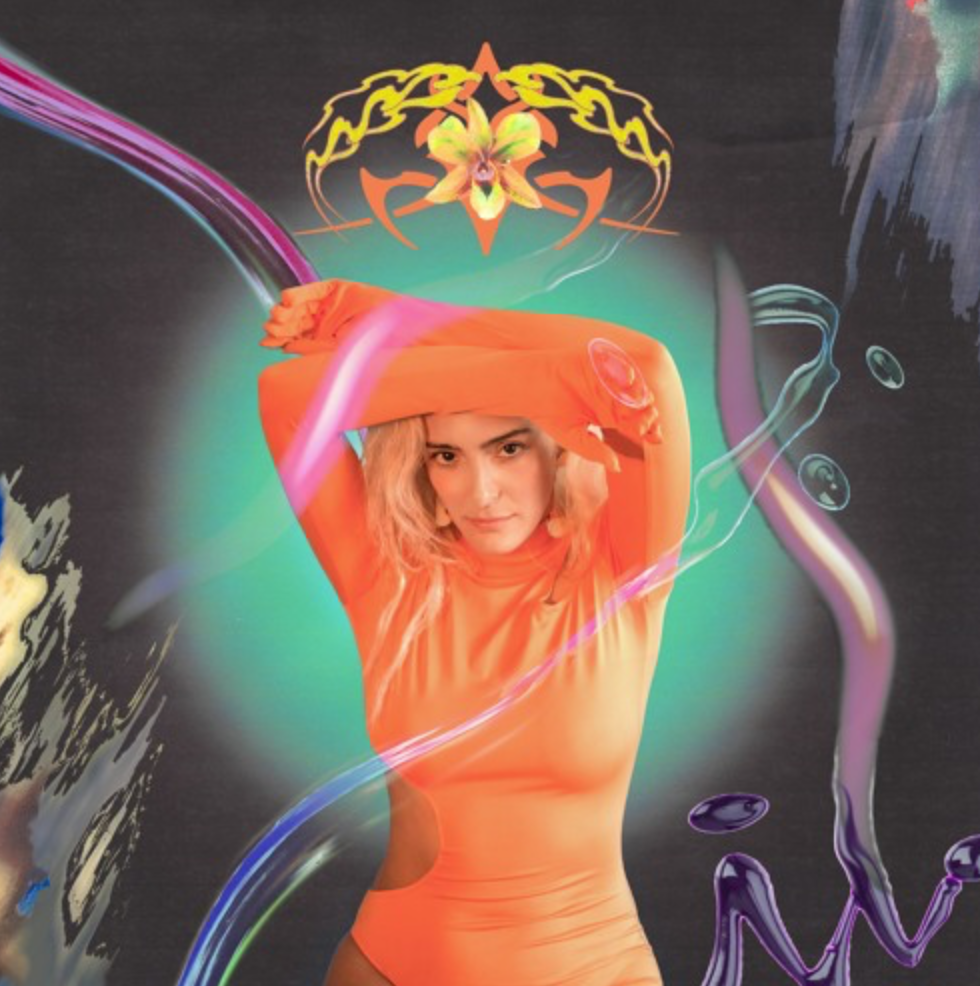Sam Phillips, a 21-year-old Nashville-based talent, has struck a resonant chord with his debut LP, ‘Hide ‘n Seek’, particularly with the single ‘In the City‘. This track stands out as a testament to his burgeoning artistry, showcasing a maturity that seems far beyond his years and harmonies so light they defy gravity in the predominantly acoustic number.
It’s a song that cuts to the core of the emotional themes explored while demonstrating that there’s immense power in simplicity when delivered with authenticity and profound understanding.
The lyrics paint a vivid picture of moving into the city, a journey from comfort to regret. Phillips taps into a universal sentiment, especially poignant in today’s world of widespread isolation. The bustling metropolis, often seen as a place of connection, is instead portrayed as a landscape of solitude. This theme will undoubtedly resonate with many, echoing the feelings of disconnection prevalent in our times.
Artistically, ‘In the City’ is both sublime and mellow, using its sonic narratives to great effect. The electric guitar solo towards the outro is particularly striking, cutting through the synthetic backdrop which symbolises a turbulent disconnection from sanctity.
For fans of pop looking for a track that combines lyrical depth with melodic beauty, ‘In the City’ is a must-add to your playlist. It’s a song that not only entertains but also invites reflection, making Sam Phillips an artist to watch in the contemporary music scene.
Sam Phillips’ LP, Hide ‘n Seek, was officially released on February 16; stream the album on Spotify now.
Review by Amelia Vandergast

